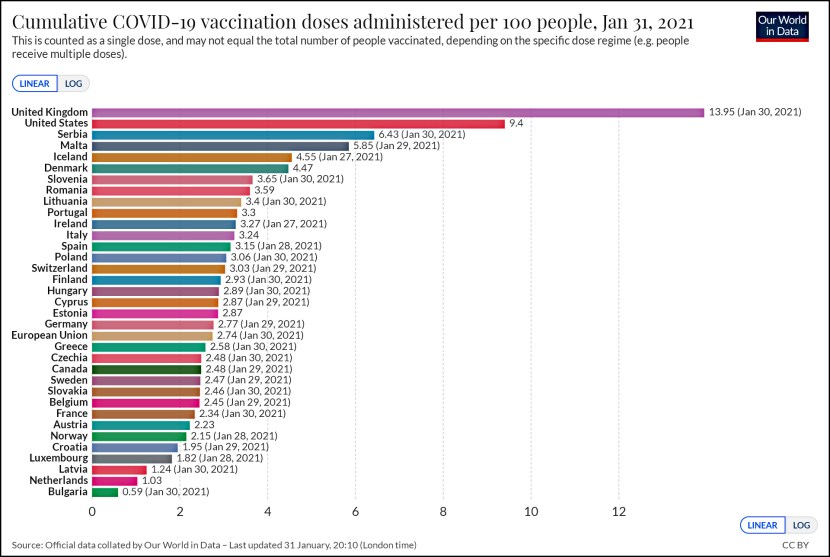Slowly but surely, the Obama administration is rolling out its vision for reformed financial regulation:
Treasury Secretary Timothy Geithner will call Thursday for changes in how the government oversees risk-taking in financial markets, pushing for tougher rules on how big companies manage their finances as well as tighter controls on some hedge funds and money-market mutual funds.
….The new rules will likely require financial institutions to hold more capital as a buffer against losses and will bolster risk-management standards. All told, the proposals would mean significant expansions of power for the Treasury, Federal Reserve and other regulators.
This is all well and good, though I’m still a little hazy on what underlying principles are guiding all this stuff. That aside, though, I wonder how much good this will do all by itself. After all, the problem during the housing bubble wasn’t a lack of regulatory authority, it was a lack of regulatory will. The Fed could have insisted on stiffer mortgage lending standards, but it didn’t. Alan Greenspan could have pushed for higher interest rates to slow down the rate of credit expansion, but he didn’t. Congress and the president could have raised taxes and run budget surpluses, but they didn’t. The SEC could have tightened capital adequacy standards for investment banks, but instead it loosened them.
A more sensible set of financial regulations is long overdue. But the bigger problem is ensuring that regulations actually get used, even when it means slowing down an economic expansion and spoiling everyone’s fun midway through the party. I’m not quite sure how to deal with that — I’m not quite sure it’s even possible to deal with that — but it’s something we should be addressing if we’re even halfway serious about this stuff.

















